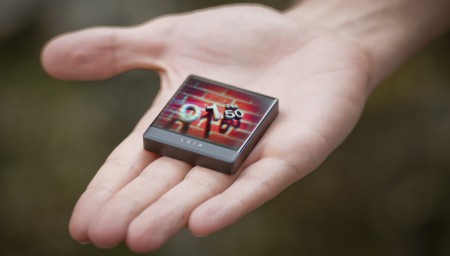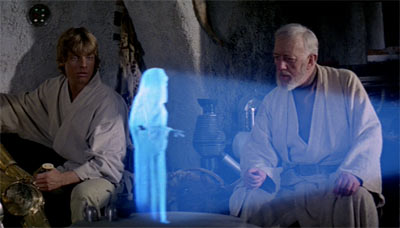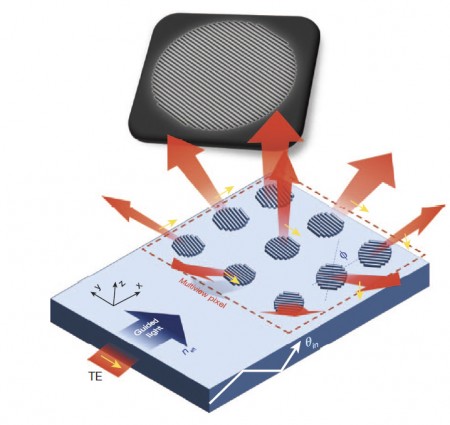August 3, 2015 – Remember R2D2 projecting a holographic image of Princess Leia in the original Star Wars? Well the technology to produce 3D holography is about to arrive in the present courtesy of a new company, LEIA, (I wonder where they got the name?) which is pioneering mobile holography, first in smart watches and smartphones, and ultimately in windshield sized displays for transportation. The company is launching a developer kit in September so that others can begin using its technology for all kinds of applications. Cost is expected to be around $500 U.S.
How does LEIA work? The images are created using conventional liquid crystal displays (LCDs). In regular LCD imaging the you have a light source and a light guide. The guide directs light from the source to specific pixels in the display to create the images you see. The LCD controllers vary the amount and type of light to create colour and definition.
LEIA replaces the standard light guide with a more sophisticated version containing nanoscale grid technology (see image below) that has greater control over the direction light emissions travel. Instead of single ray of light the LEIA light guide splits the light into 64 different rays before encountering the LCD pixel array. This breaking up of the single image into 64ths creates the holographic representation perceived by the viewer.
Currently LEIA works only with small displays. The first prototype is 5.6 centimeter (2.2 inch). At that size it can be integrated into a smart watch. The next iteration at 14 centimeters (5.5 inches) is approaching the size where it could be used in smartphones.
The company is talking to appliance and automobile makers where it believes its technology will have direct application.
Is it close to producing a windshield-sized 3D display?
Not yet. In breaking images into 64ths resolution gets lost. This is not apparent in smaller form factors where the holographic imaging appears sharp.
Look for the first LEIA displays in handheld devices and maybe even in display screens for new car models as early as 2017.











